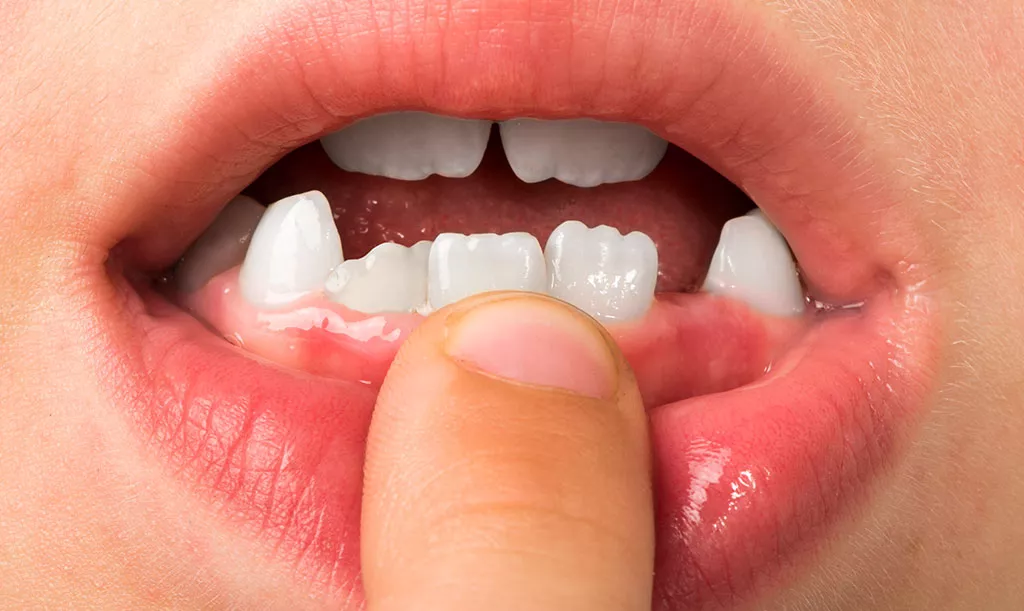Orthodontic treatment helps position teeth in their ideal alignment, creating both a functional bite and an attractive smile. Beyond traditional metal braces, clear aligners have gained popularity in recent years, particularly for patients seeking a discreet orthodontic solution. But how effective are these aligners? Let’s explore.
Effectiveness of Clear Aligner Treatment
Clear aligners are transparent, custom-made appliances designed using computer-aided digital planning. They gradually move teeth with small, controlled adjustments. Popular systems such as Invisalign have demonstrated high success, particularly for mild to moderate orthodontic issues.
Clinical data shows:
- When worn consistently, success rates range from 85% to 95%
- Highly effective for simple rotations, crowding, and gap closure
- Digital planning allows predictable and precise tooth movement
However, for severe skeletal deformities, advanced jaw misalignments, or highly complex cases, traditional braces may be more effective. Therefore, success depends heavily on proper patient selection.
Factors Affecting Success
Several factors influence the outcome of clear aligner therapy:
- Patient compliance: Aligners should be worn 20–22 hours per day. Inconsistent use can delay or prevent results.
- Case suitability: Mild to moderate misalignments respond best. Jawbone structural issues cannot be corrected with aligners alone.
- Digital planning accuracy: The orthodontist’s precision in creating the treatment plan is crucial.
- Age and dental condition: Tooth movement occurs more quickly in younger patients, while adults may require longer treatment.
- Oral hygiene: Poor hygiene can lead to cavities or gum disease, compromising treatment success.
Clear aligners are not a passive solution—patient cooperation is the key to achieving the desired results.
Advantages of Clear Aligners
Clear aligners offer several benefits compared to traditional braces:
- Aesthetic: Virtually invisible, making treatment discreet
- Comfortable: No metal brackets to irritate gums or cheeks
- Removable: Plates can be taken out for eating and cleaning, ensuring better oral hygiene and flexibility
- Predictable outcomes: Digital simulations allow patients to see anticipated results before treatment begins
Limitations
- Discipline required: Inconsistent use can compromise results
- Complex cases: May be less effective for advanced jaw misalignments or skeletal issues
- Fragility: Lost or broken aligners can extend treatment duration
Conclusion
With proper patient selection, consistent use, and careful planning, clear aligners can achieve highly successful results. Their aesthetic appeal, comfort, and removability make them an excellent option—especially for adults seeking a discreet orthodontic solution.
If you are considering an alternative to traditional braces, consult an orthodontist to determine if clear aligners are suitable for your teeth and treatment goals.
This article provides general information only. Individual treatment may vary, and consultation with a qualified dentist is essential. These materials are not a substitute for professional medical advice.











